Art Nouveau and Art Deco are two artistic movements that have had a significant impact on architecture, fashion and the decorative arts in recent decades.
Although these two movements have similarities, they also have distinct characteristics that differentiate them from each other.
Let’s explore this with the help of some coloring pages from the site.

Art Nouveau
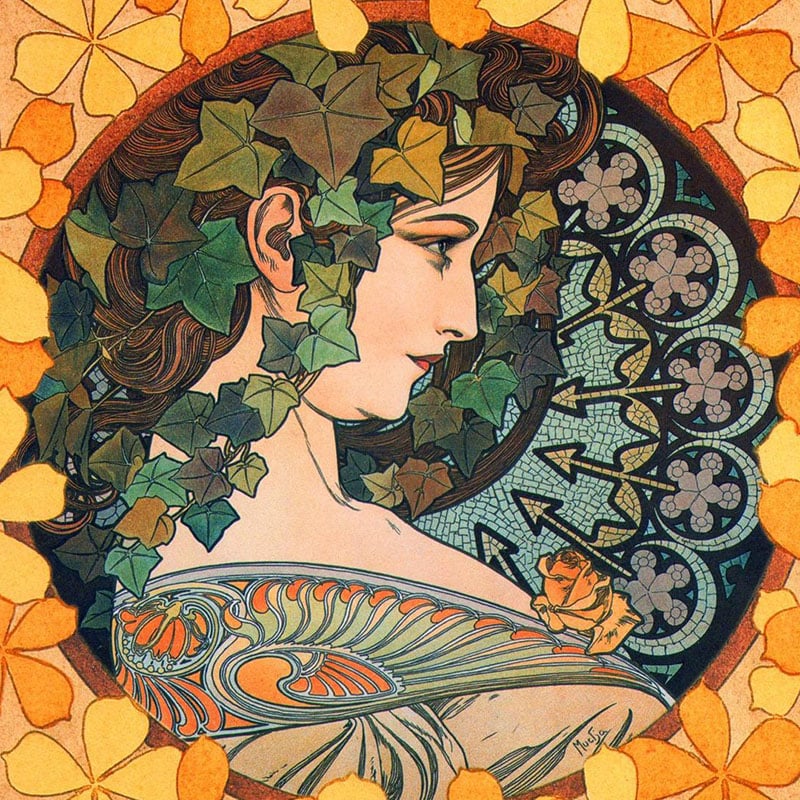
Art Nouveau is an artistic movement that emerged at the end of the 19th century and spread throughout Europe and the United States.
Art Nouveau drew inspiration from nature, animals, and insects by using organic forms in its works. Artists of this movement sought to replicate the curves, shapes, and textures of nature in their art. Nature-inspired patterns were often used to decorate everyday objects such as wallpapers, fabrics, glasses, furniture, jewelry, and art pieces.
Patterns of birds, butterflies, snakes, dragons, and unicorns were frequently used to decorate objects. Artists often used these patterns to create metaphorical images, by using the characteristics of these animals and insects to symbolize ideas or emotions.
By using organic forms and nature-inspired patterns, Art Nouveau artists created a unique style that reflected the environmental concerns and scientific interests of the time. This influence of nature in Art Nouveau also helped create a sense of closeness with the environment, by bringing everyday objects closer to the nature that surrounded them.
Art Nouveau artists also innovated with the use of modern materials such as glass and steel.
Art Nouveau was influenced by the Arts & Crafts movement, but also by scientific discoveries and technological advancements of the time. One of the main artists of this movement is Gustav Klimt, who created works that use organic forms and bright colors, such as his famous painting “The Kiss.”
Discover our Art Nouveau coloring pages here
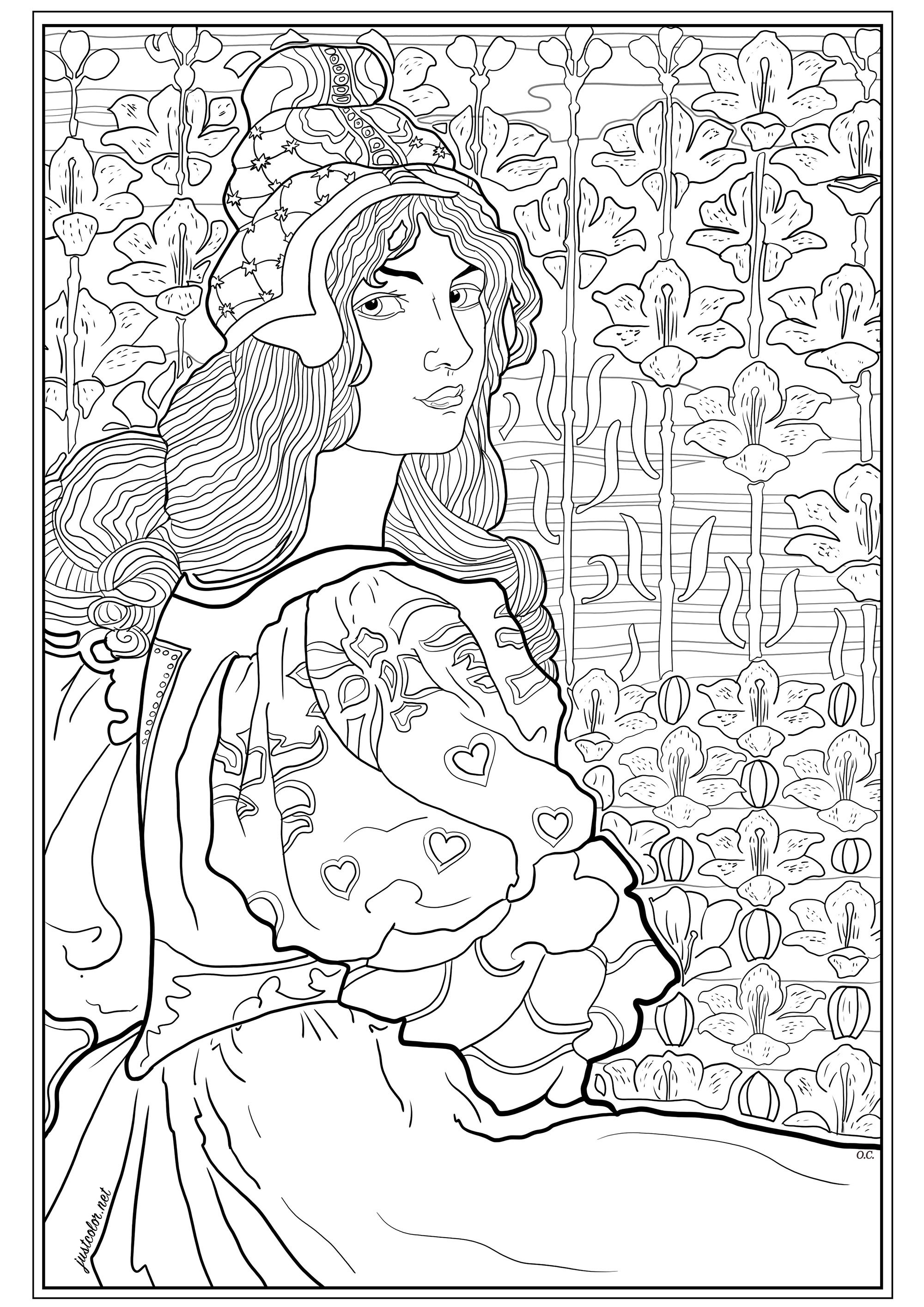
Art Déco
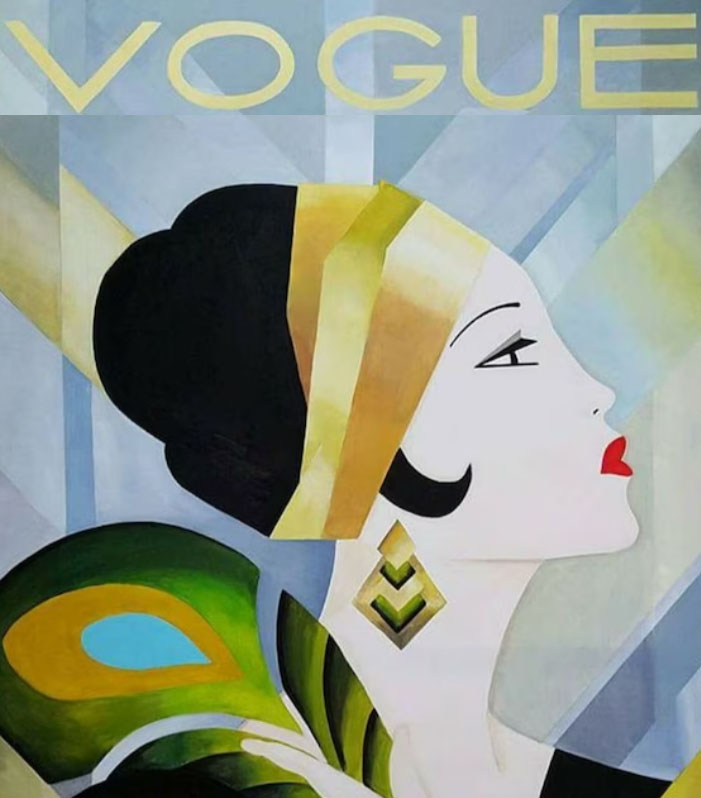
Art Deco is an artistic style that emerged after World War I and had a major impact on architecture, fashion, and decorative arts.
Geometric shapes are one of the main characteristics of Art Deco. One can see shapes such as diamonds, zigzags, circles, and triangles in the artworks of this style. These geometric shapes were used to create repetitive patterns and elegant designs, often associated with the architecture of the time.
Bright colors are also an important characteristic of Art Deco. Artists used vibrant and contrasting colors to create striking and eye-catching works. The colors used were often shades of red, blue, green, yellow, and orange. The constrast between black and gold is also often used.
Modern materials such as glass, metal, plastics, marbles, and granites are also an important element in Art Deco. Artists used these materials to create elegant and luxurious objects, often associated with wealth and luxury. These materials were also used to create interesting textures and visual effects.
In summary, the main characteristics of Art Deco are geometric shapes, bright colors, and modern materials. These elements were used to create striking, elegant and luxurious works, which reflect the aspirations and ideals of the time.
Discover our Art Déco coloring pages here
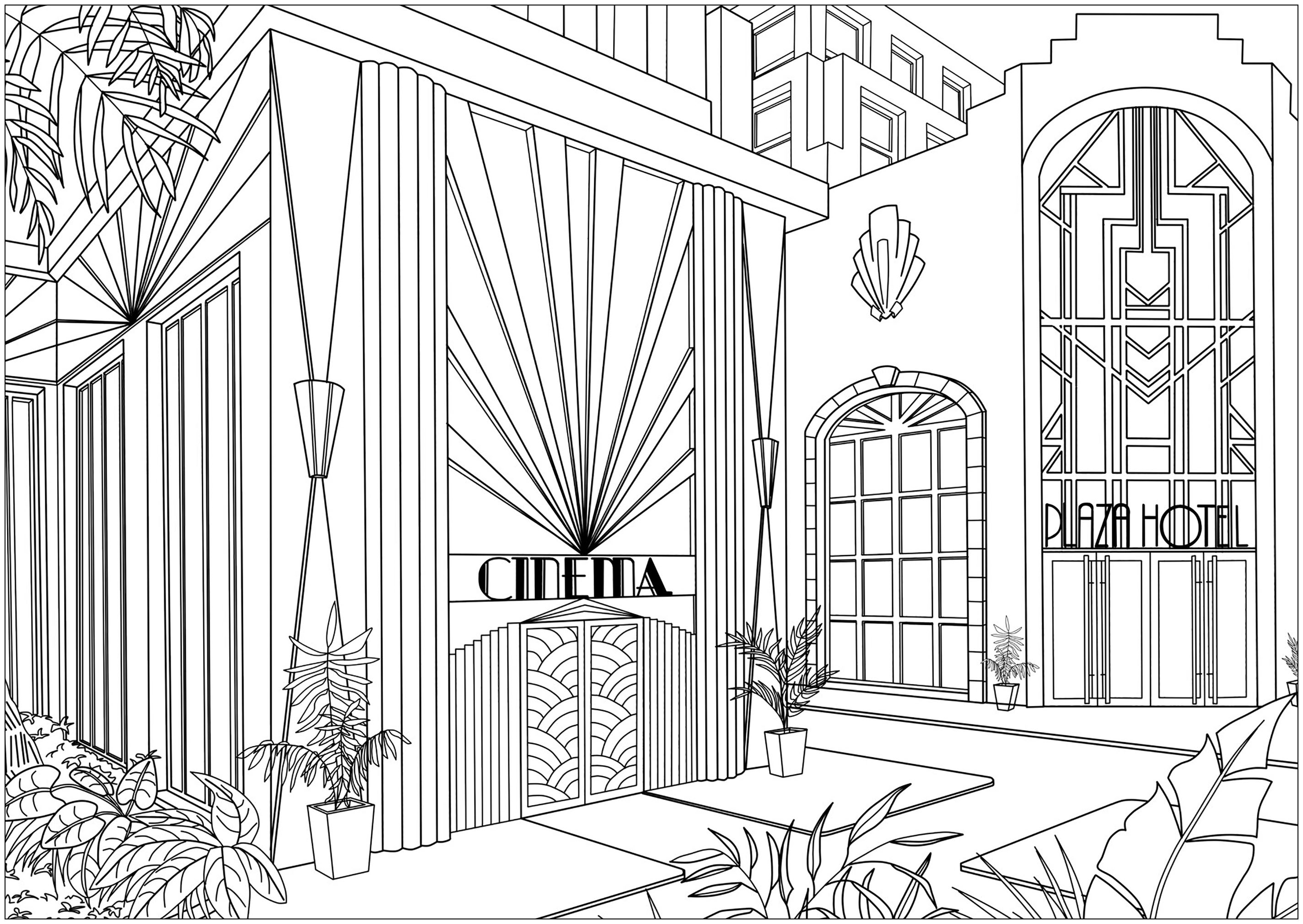
Différences between Art Nouveau and Art Déco
As mentioned earlier, Art Nouveau is characterised by organic forms, flowing curves and nature-inspired motifs, while Art Deco is characterised by strict geometric forms, bright colours and modern materials.
These differences reflect the concerns and interests of the artists of the two movements, who were influenced by the technological developments, cultural trends and social changes of their time.
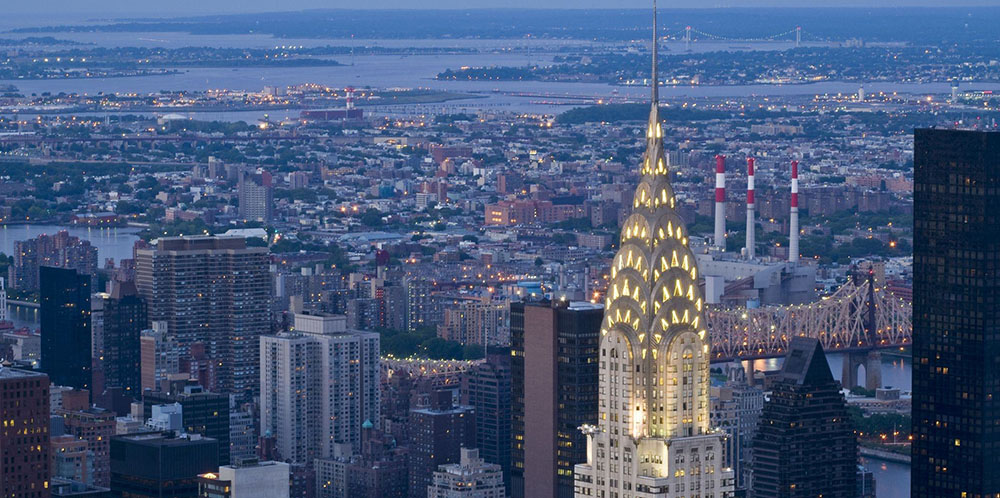
What are the influences of Art Nouveau and Art Deco in the 21st century?
In recent decades, the Arts & Crafts, Art Nouveau and Art Deco movements have left a significant legacy in the field of art and culture. This legacy can be seen in current trends, such as the valuing of craftsmanship and creating unique pieces, as well as in the use of organic and geometric forms in architecture, fashion, and decorative arts.
The artists of these movements also contributed to the evolution of modern aesthetics, by proposing new ideas and innovating in techniques and materials. The legacy of these art forms continues to inspire artists and creators in the 21st century.
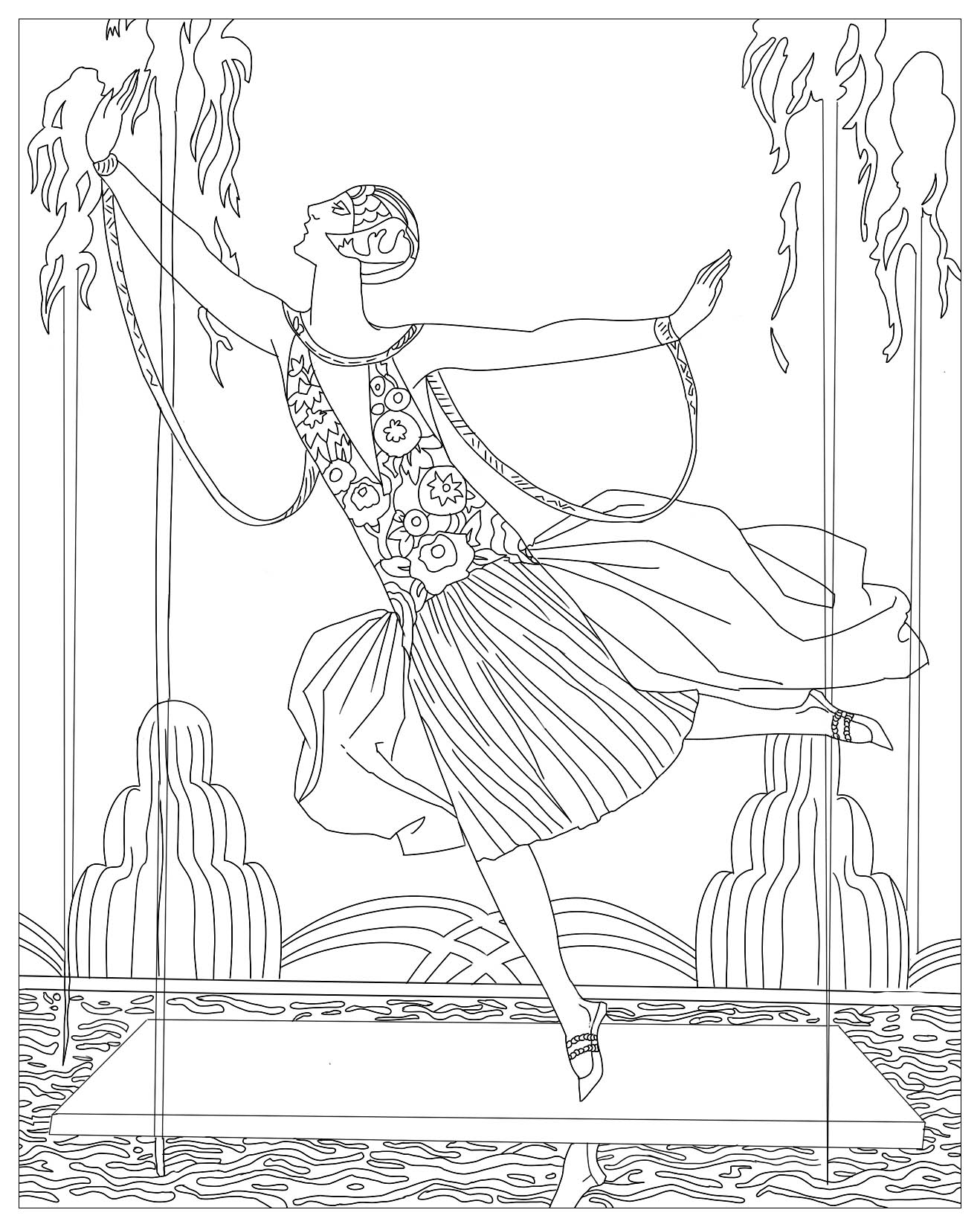



 English
English French
French Italian
Italian Spanish
Spanish German
German Portuguese
Portuguese Chinese
Chinese Back to the Blog
Back to the Blog